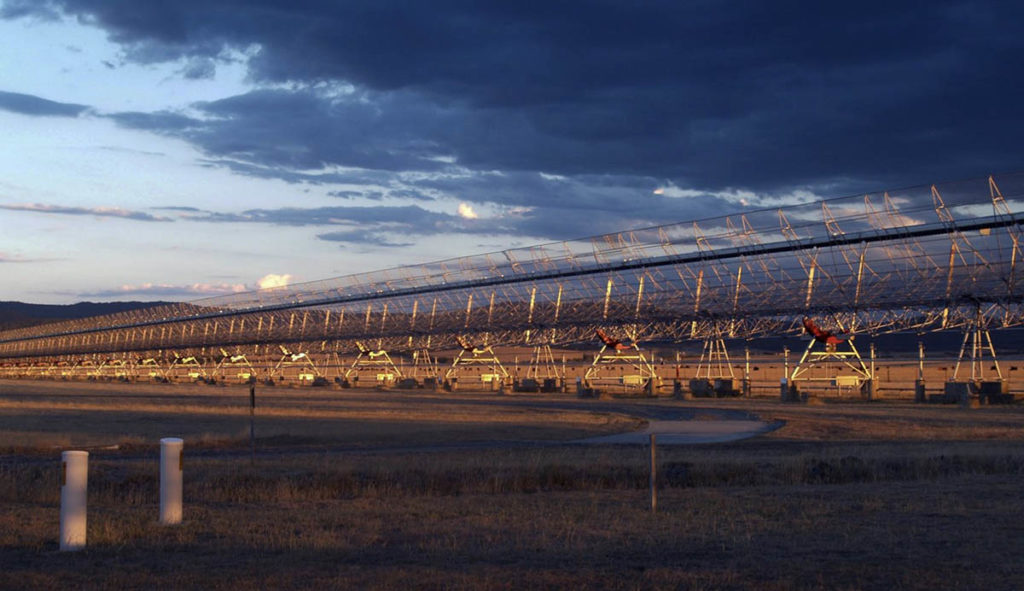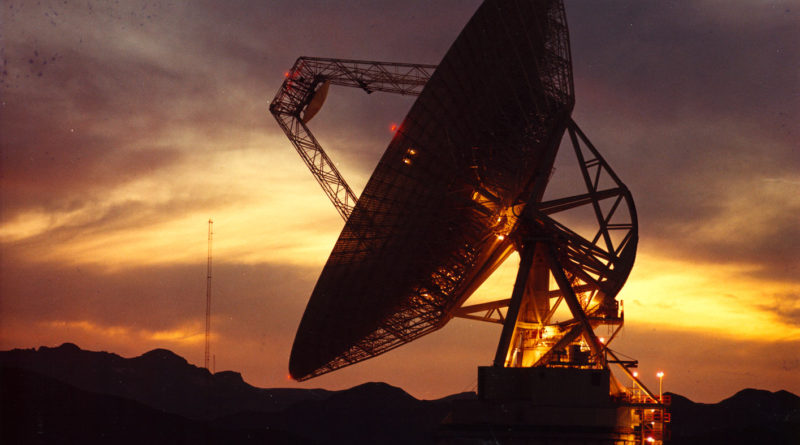Using AI to Detect Mysterious Radio Signals From Deep Space
Are we alone in the universe? Maybe. Maybe Not. Perhaps a distant alien civilization has been trying to contact us for centuries, but we just are unable to hear them.
We’ve been listening for alien signals for years using radio telescopes which can pick up all kinds of sounds from outer space. Most of these are natural space sounds, weather events or signals that originate from our own planet. Once in a while, astronomers are stumped by mysterious radio waves that come from billions of light-years away.
Mysterious Fast Radio Bursts Last Milliseconds
These signals have complex patterns and usually only last milliseconds. Astronomers refer to them as fast radio bursts (FRBs). Existing methods and technology aren’t really able to properly notice these signals when they come in. They are usually discovered years later when astronomers notice odd spikes in data.
Since the first FRB was detected in 2007 from data collected in 2001, scientists have been trying to figure out exactly where and from whom these signals are coming from. There is no rhyme or reason as they arrive at random times and places.

credit: @utmostproject
Automated FRB Detection System
In an attempt to figure out exactly where these signals are coming from, astronomers are turning to artificial intelligence.
Wael Farah. a Ph.D. student at Melbourne’s Swinburne University, has developed an automated FRB detection system using machine learning. This is the first system to detect FRBs in real-time. The detection of five FRBs was recently published in a paper in the journal Monthly Notices of the Royal Astronomical Society,
“It is fascinating to discover that a signal that traveled halfway through the universe, reaching our telescope after a journey of a few billion years, exhibits complex structure, like peaks separated by less than a millisecond,” said Fara.
AI Can Recognize FRBs in Real-Time
Farah trained a computer at the Molonglo Radio Observatory near Canberra to recognize the signs and signatures of fast radio bursts. The algorithm can distinguish the FRBs from millions of other types of activities such as lightning, pulsars, and microwave signals.
The AI detects them within seconds of their arrival and produces high-quality data which allows researchers to study their structure and attempt to piece together their origin.
“Wael has used machine learning on our high-performance computing cluster to detect and save FRBs from amongst millions of other radio events, such as mobile phones, lightning storms, and signals from the Sun and from pulsars,” said Molonglo project scientist, Dr. Chris Flynn.
Check out our articles on AI predicting injuries from car accidents and facial recognition that helps find lost dogs.

